
Mr. Le Minh Thuong and an ancient fig tree.
Mr. Le Minh Thuong, the 16th descendant of the Le family in Nghi Thinh commune, Nghi Loc district, Nghe An; the owner of ancient fig trees, said that according to family annals, around 600 years ago, a deluge swept away many coastal villages in Nghe An to the sea, turning the coastal area here into a white sand-bank. On that sand-bank, the five fig trees were still verdant.
In the 15th century, Admiral Le Van Hoan stopped in the region on his way to the battle field. He bound elephants to the fig trees to take a rest. He tried a fig, which was sweet. After that his army triumphed and he was appointed as Grand Marshal.
Every time he visited the five fig trees, his army gained victory. The general appointed some of his family members to settle near the trees and built a temple to worship the trees. Since then the Le family has developed to become one of the biggest families in the region.
The Le family’s record also says that King Quang Trung’s army grouped up around the fig trees before going to Thang Long (Hanoi) to defeat Qing invaders in 1789.
In the wars of resistance against the French colonists and American imperialists, the five fig trees were historical evidences. Mr. Nguyen Van Nam, 80, said that when he was a boy, he and his friends played under the shadow of these giant trees. People from many villages in the region came to pick up figs. Many people escaped from starvation in 1945 (which killed over 2 million Vietnamese) thanks to fruits from these fig trees.
During the Vietnam War, soldiers dug tunnels under these fig trees. They also pierced holes in some trees to make cookers and to hide from bombing.
“The commander of the local air defense force sat in tunnels under these trees to conduct his soldiers to shoot down many US aircraft. Tens of army units sheltered in these tunnels,” a local veteran said.
However, the five ancient fig trees were neglected after the war. In 2006, a group of tourists took advantage of their tour to Cua Lo beach to visit the ancient trees. A tourist offered $30,000 for the youngest and more for older trees.
“If I agreed they would have sent a ship to Cua Lo port to carry the trees away. At that time, the Le family was aware that they were holding treasures,” Mr. Thuong said.
After failing to buy the trees, that rich man heightened the price to nearly three times, but Mr. Thuong did not agree because the trees are the treasures of his ancestors.
In 2007, the fig trees were introduced in the national Vietnam Television (VTV)’s odd stories in Vietnam show. Since then, many rich people from many provinces came to visit the trees and asked to buy them.
In 2010, scientists from the Vietnam Nature Protection Association analyzed and concluded that these fig trees were nearly 600 years old.
The biggest tree is named Nu. The tree-trunk is as big as the arms of 9-10 people. The roots spread around the garden. The tree has many holes and mistletoes around it, including orchids.
Each tree has its own characters. The tree named Nu has very big figs, up to 1kg/fruit but the fruits must be kept for several days for getting ripe after they are picked up.
The second biggest tree is called Hong (pink) because its ripen fruits have a pink color.
Another tree is named Ban, with small no-pip and scent fruits. Another tree is called Cham.
All the five trees are pierce with holes, with black burning traces caused by secret cooking during the war, but they still yield many buds and young branches.
“Though they are very old, these trees are invaluable treasures of my family. When other fig trees in the region did not have fruits, these trees still had many fruits. At this age, my greatest wish is these trees would become heritage trees of Vietnam and my descendants would continue preserving the trees,” said Mr. Thuong.
The Association for Protection of Nature and Environment of Vietnam said that it would inspect the trees to recognize as Vietnam’s heritage trees.
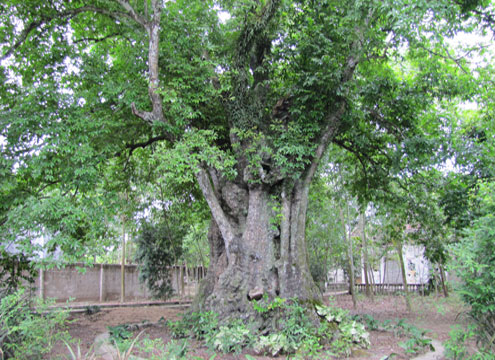

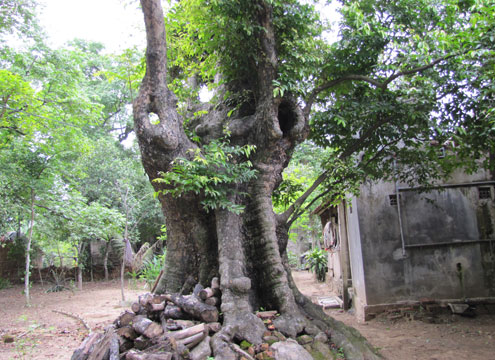
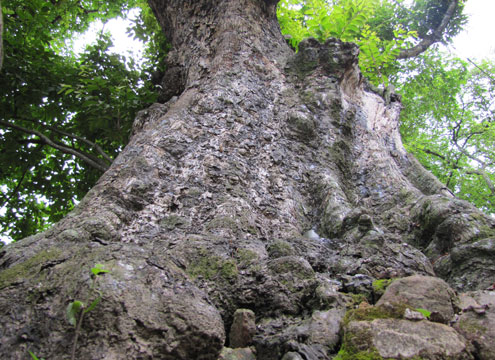
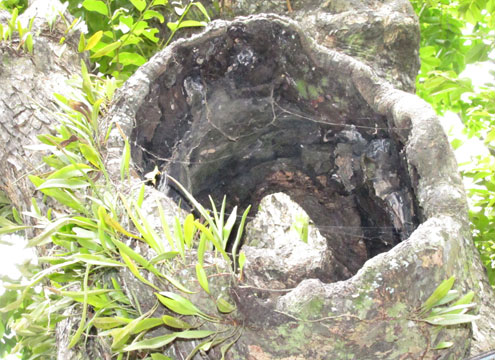
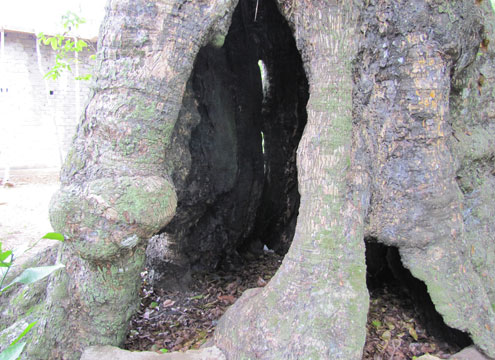

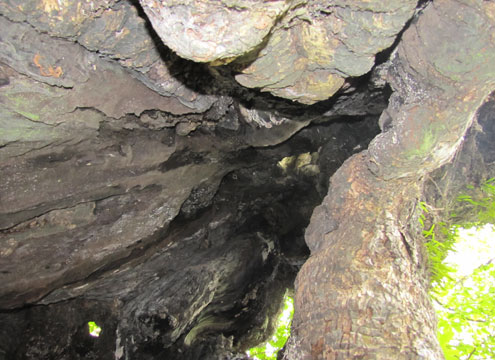
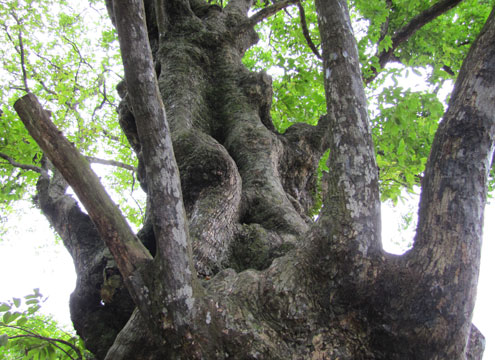
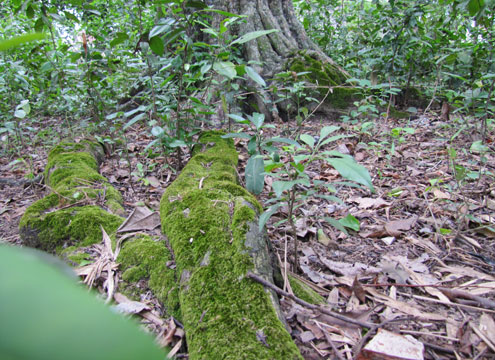
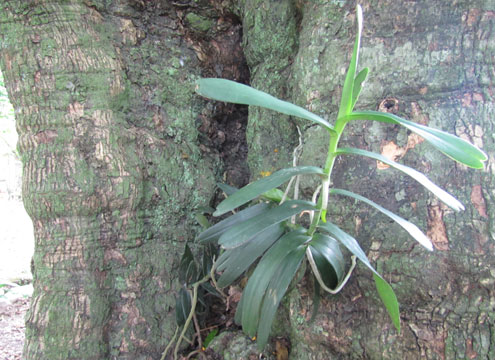
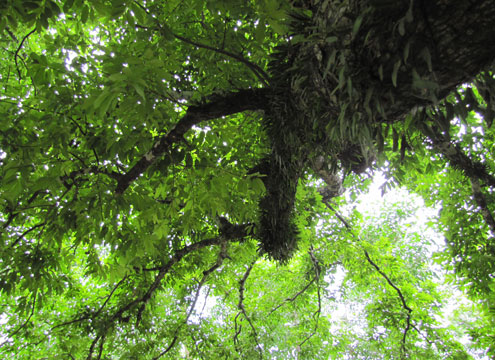
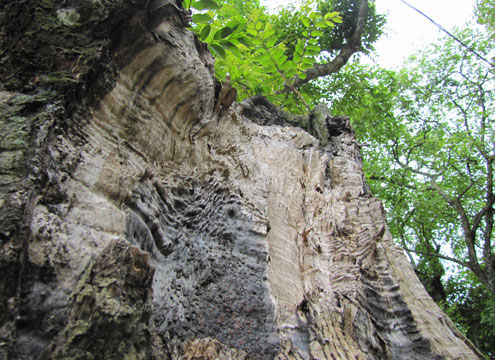
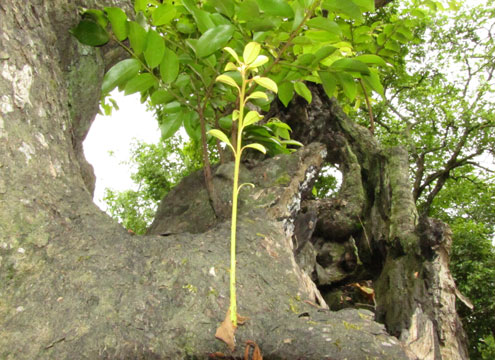
PV